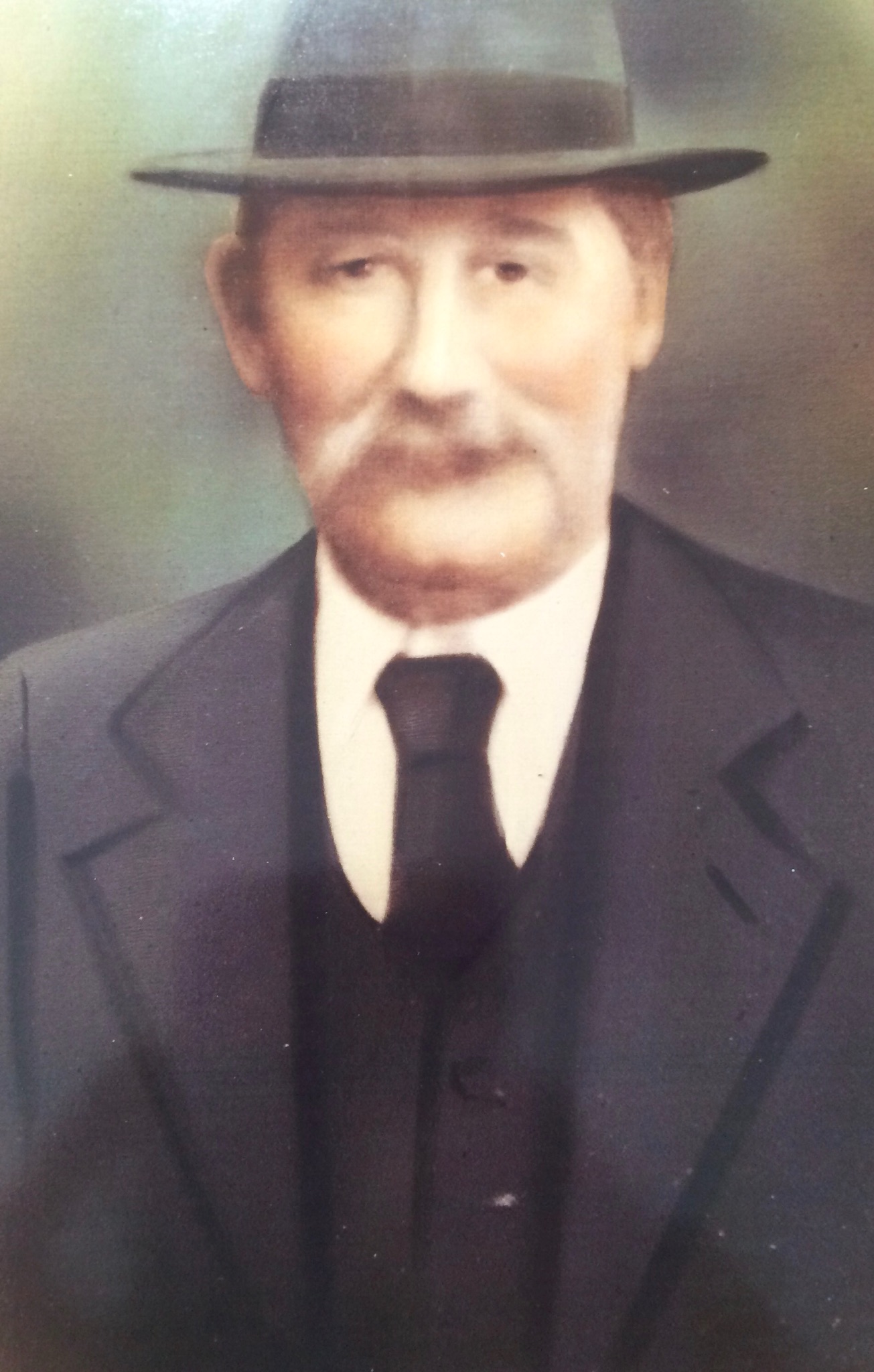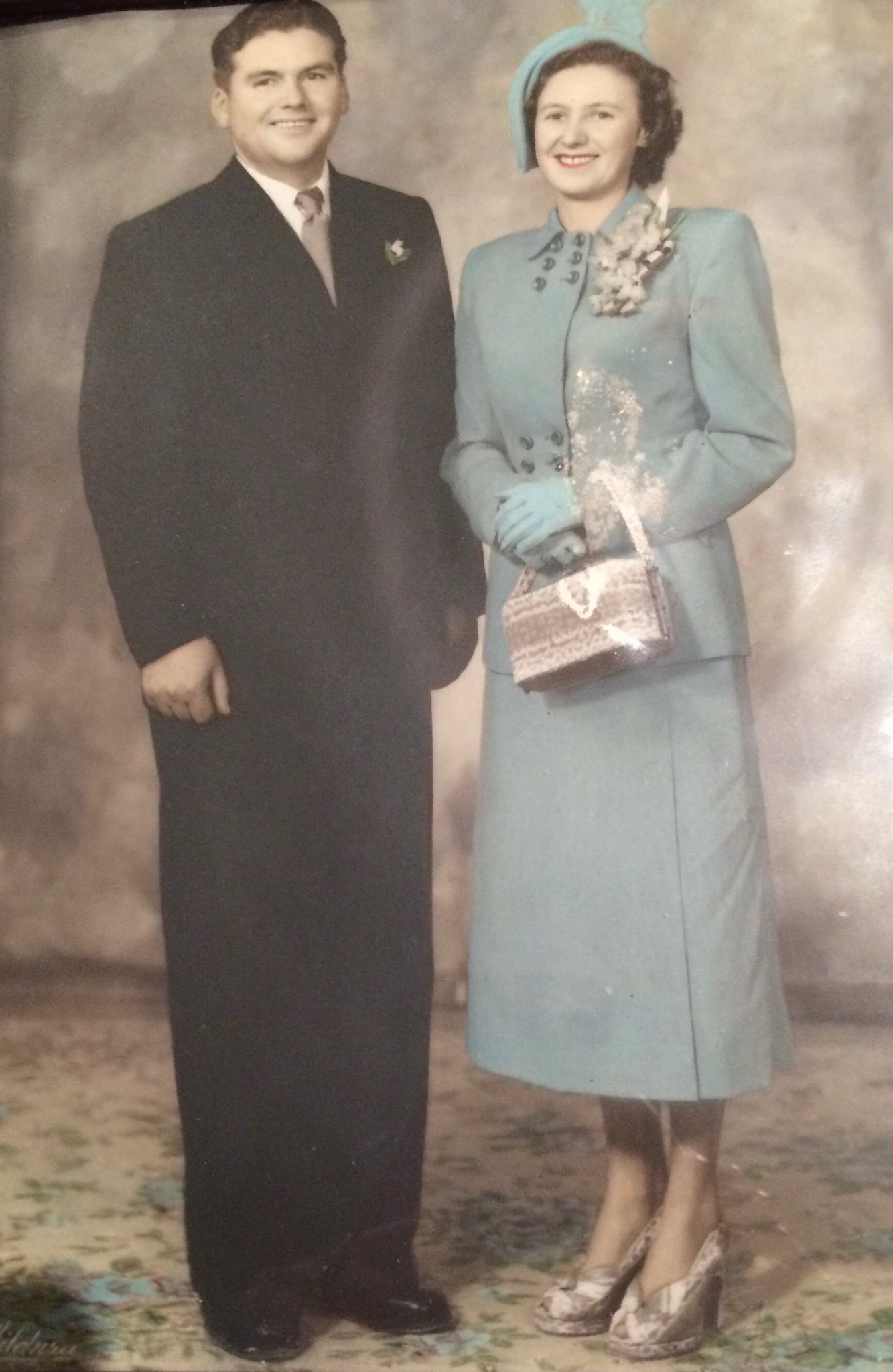

The first members of the Troughton family migrated to Australia between 1888 and 1890 and so began life in Australia. Eight generations, stemming almost 140 years, have and continue to call Australia home - spread far and wide - surviving two World Wars, the Great Depression and family hardships. Today, they go by many different surnames. This is a history of our first ancestors in Australia, a history of the Troughton Family.

Frederic Troughton was born in 1858 to Eliza and James Troughton (nee Waphsare) in Kent, England, in the United Kingdom. One of five children, Frederic was from a family linage of the Mayors of Gravesend - a county in England.
At the mere age of 17, and like many young men of the time, Frederic was enticed by the 'land of new opportunity' - Australia - and set sail for the island nation.
He left behind his parents and siblings, and it is unknown as to whether he ever saw them again. Eliza died in 1896 at the age of 77 at her home in Surrey, England.
SETTING SAIL FOR AUSTRALIA
A Search for Prosperity
At a time of new beginnings for many migrants and locals alike, Silverton flourished.
Frederic was an avid enthusiast of local politics. He became one of Silverton's earliest aldermen (something that was perhaps not a surprise, given his family history in England), joined the local committee at Broken Hill (the Labor party) and worked for the Municipal Council in later years. By this time, a number of businesses were establishing their footholds in the community. A newspaper, Masonic Lodge, gaol, gymnasium, hospital, jockey club, football team, multiple churches (and faiths) and local council were all erected, drawing people to the area.
In 1890 Frederic married his beloved Australian beau, Agnes Lowe. Together they had eight children; Frederick (Sonny), Alice, Mary, Ethel Hilda, Robert (Bob), Charles and Victor. all of whom were talented sportsmen and cherished by the town. All four sons played local and state-level football and in —— Bob was drafted to play AFL for the Geelong Football Club.
Since Frederic's migration in the 1800s, the Troughton family had stayed in close proximity to the town of Silverton. In 1941, at the age of 18, Betty moved to Wentworth (300kms from Silverton) were she worked as a waitress and caterer. At the time her father, William, was working as caretaker of the old Wentworth Bridge and part-time as a barman at the Royal Hotel (in Wentworth). Ten years later, in 1951, she married George Martin.
George had trained in the Australian Armed Services during the Second World War, but one day severely broke his leg during training, ending any potential war career. George and Betty lived in a big old house in Wentworth at 18 Helena Street - an address many locals, friends and family came to know well. They had five children - Pauline, Patrick, Mary, Teresa and Michel and shared the house with Betty's parents (Mary and William) and brother Jabe. George worked as the local butcher in Wentworth from the time he left school until his retirement. He was part of the local fire brigade, and both he and Betty were involved in the church and with the local Services Club. In 1962 George won a share in a Tattslotto Syndicate called "Soup Bones." This changed their life.
George bought his first car and at the age of 38, got his license (and it's said he had a bit of a lead foot).
George died in 2010 surrounded by his wife and five children.
Today, the Troughton family is now the Wade, Martin, Brady, Frost and Box family, with the many generations that have followed. Betty was fortunate enough to see five generations of family members during her lifetime - a milestone not many can achieve.
